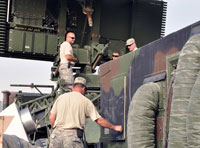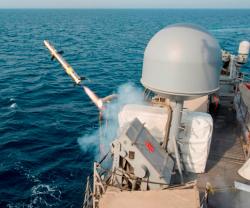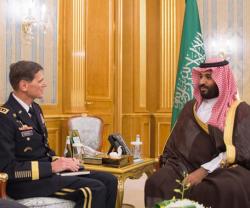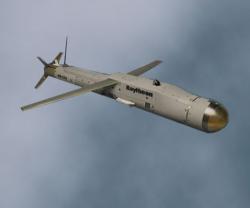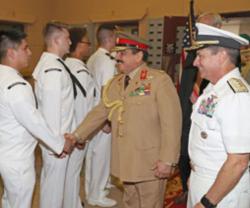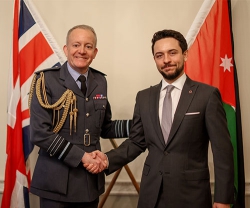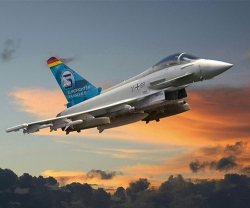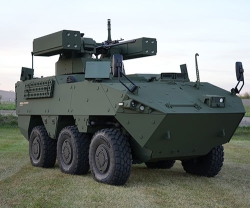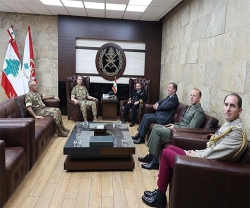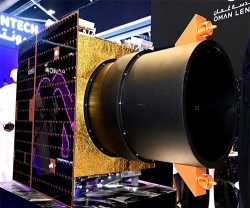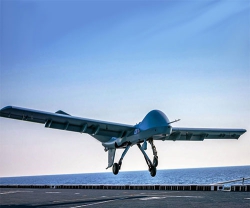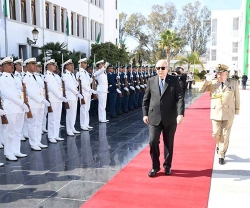U.S. Airmen defending the Arabian Gulf have another arrow in their quiver thanks to a new radar system installed at the 380th Air Expeditionary Wing on March 18.
The TPS-75, or "Tipsy-75" as the 727th Expeditionary Air Control Squadron calls it, is a powerful air surveillance radar capable of providing long-range, real-time radar coverage.
Airmen assigned to the 727th EACS use the TPS-75 to provide 24-hour air defense and surveillance for unknown threats over the entire Arabian Gulf region. The new system gives the radar operators both a bigger and more detailed picture as they monitor all aerial activity in the area.
“Our job is to constantly watch the skies. Our operators defend the Arabian Gulf and its surrounding countries by monitoring the area for enemy aircraft,” said Lt. Col. Steven A. Breitfelder, the 727th EACS Commander.
The 727th EACS set a goal for increased radar coverage to improve their current mission capabilities. Airmen began looking and coordinating with the host nation in January to find a suitable site able to support the TPS-75.
“This was a major goal of ours, and it's a really great feeling to get it accomplished. The maintenance folks finally get to see the results of all their hard work, and that is very rewarding,” said Breitfelder, who is deployed from Blue Ash Air National Guard Station, Ohio.
Radar maintenance craftsman Staff Sgt. Ron Applegate, also deployed from Blue Ash ANG Station, was thrilled to have the opportunity to set up the radar.
“We've been chomping at the bit since January to set her up. I'm just happy we finally get the chance to set up and work on the radar. I love the sense of pride that I get as a radar maintenance technician, knowing that our job is going toward the successful execution of the mission,” Applegate said.
Once they received the orders, the entire squadron's maintenance section formed a team and got to work. Comprised of radar, computer, radio, and satellite and generator maintenance experts, the team combined their talents to set up an operational radar site in less than two days.
“Once we got out there and started working, everything just fell into place. It gave us all a chance to put our training and skills to good use, and to show off what we do best,” Applegate added.
Source: US Air Force

